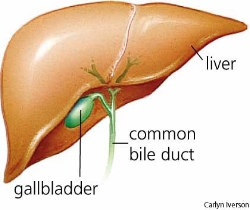
Source: Gearlog
Optimists predict that media coverage of Senator Kennedy’s death will shame Republicans into changing their opposition to health care reform. Nicholas Lemann, writing in the New Yorker, says, “Kennedy’s death … will cost Obama a vote in the Senate, but this may be outweighed–is it too much to hope?–by the good feeling that Kennedy’s decades of large-heartedness have generated, and by the unmistakable sense that universal health care was his enduring wish. His death could spur health-care legislation the way his brother’s death spurred civil-rights legislation.”
That type of reconciliation – a kindly, all-is-forgiven meeting of the minds – would indeed be historic. Unfortunately, “too much to hope for” is right, I’m afraid. The Republican Party, having lost most of its moderates, is now dominated by its right wing. A Democratic strategy is already emerging that calls for playing a different sort of reconciliation card.























